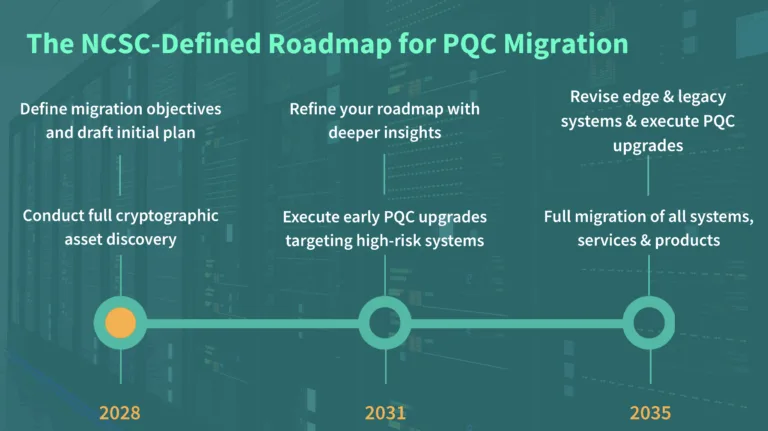
It’s 2024, which means the landscape of cyber security is poised for significant shifts, demanding our attention and proactive measures. According to CyberCrime Magazine, the projected cost of cyber attacks is an alarming $10.5 trillion annually by 2025. This underscores the urgent need for organisations and individuals to prioritise cyber security in the face of rapid technological advancements. Undoubtedly, artificial intelligence (AI) will yield a profound influence on cyber attack strategies and defence mechanisms. The rapid pace of technological progress shows no signs of stopping. Here’s a closer look at the key cyber security trends to watch out for in 2024:
Escalating demand for cyber skills
The shortage of cyber experts within organisations is expected to persist in 2024, ranking among the top 10 most in-demand skills, according to Forbes. With data breaches and cyber attacks on the rise, investing in training, development, and upskilling programs is crucial. Additionally, enlisting external support through managed services can bridge knowledge gaps, especially when handling specialised software like F5 and Fortinet appliances.
The rising sophistication of cyber attacks
Artificial intelligence’s widespread usage introduces both benefits and risks, particularly in social engineering attempts. Deepfake attacks are becoming more prevalent, but automated incident response mechanisms will aid cyber security professionals in detecting and neutralising these evolving threats.
Evolution of phishing attacks
Generative AI, exemplified by tools like ChatGPT, contributes to increasingly convincing phishing attacks. Due to this, there will be a growing need for a higher level of cyber education within organisations to empower employees to recognise the signs of phishing emails in 2024.
Elevated importance of Cyber Security
In 2024, organisations are anticipated to adopt a more serious stance on cyber security. Gartner predicts that by 2026, 70% of boards will include at least one member with expertise in company planning initiatives. This marks a shift towards a proactive, rather than reactive, approach to cyber security attacks.
Rising threat of supply chain attacks
With businesses relying more on extensive networks of suppliers and partners, the risk of supply chain attacks is set to increase in 2024. Organisations must pay close attention to their partners and implement robust access controls to mitigate the risks associated with supply chain vulnerabilities.
So, where do you start in safeguarding your business in 2024?
- Implement Multi-Factor Authentication (MFA): Strengthen access controls by incorporating multi-factor authentication to strengthen your defences against unauthorised access.
- Regularly update your software: Stay ahead of potential vulnerabilities by ensuring that all software, including security patches, is regularly updated.
- Invest in comprehensive Cyber Security solutions: Deploy cutting-edge cyber security solutions to safeguard your organisation from evolving threats. Need help in deciding which cyber security solutions to choose from, get in touch with us here!
- Prioritise Cyber Security education: Foster a culture of cyber security awareness by educating both yourself and your employees on best practices and identifying potential threats.
- Continuous system monitoring: Vigilantly monitor your systems to detect and respond promptly to any anomalies or suspicious activities.
As we step into the New Year, these cyber security trends will be instrumental in strengthening your organisation against the ever-evolving landscape of cyber threats in 2024.
Need more help? Contact us to discuss how our Managed Service packages can help your organisation stay protected against new cyber security threats!




